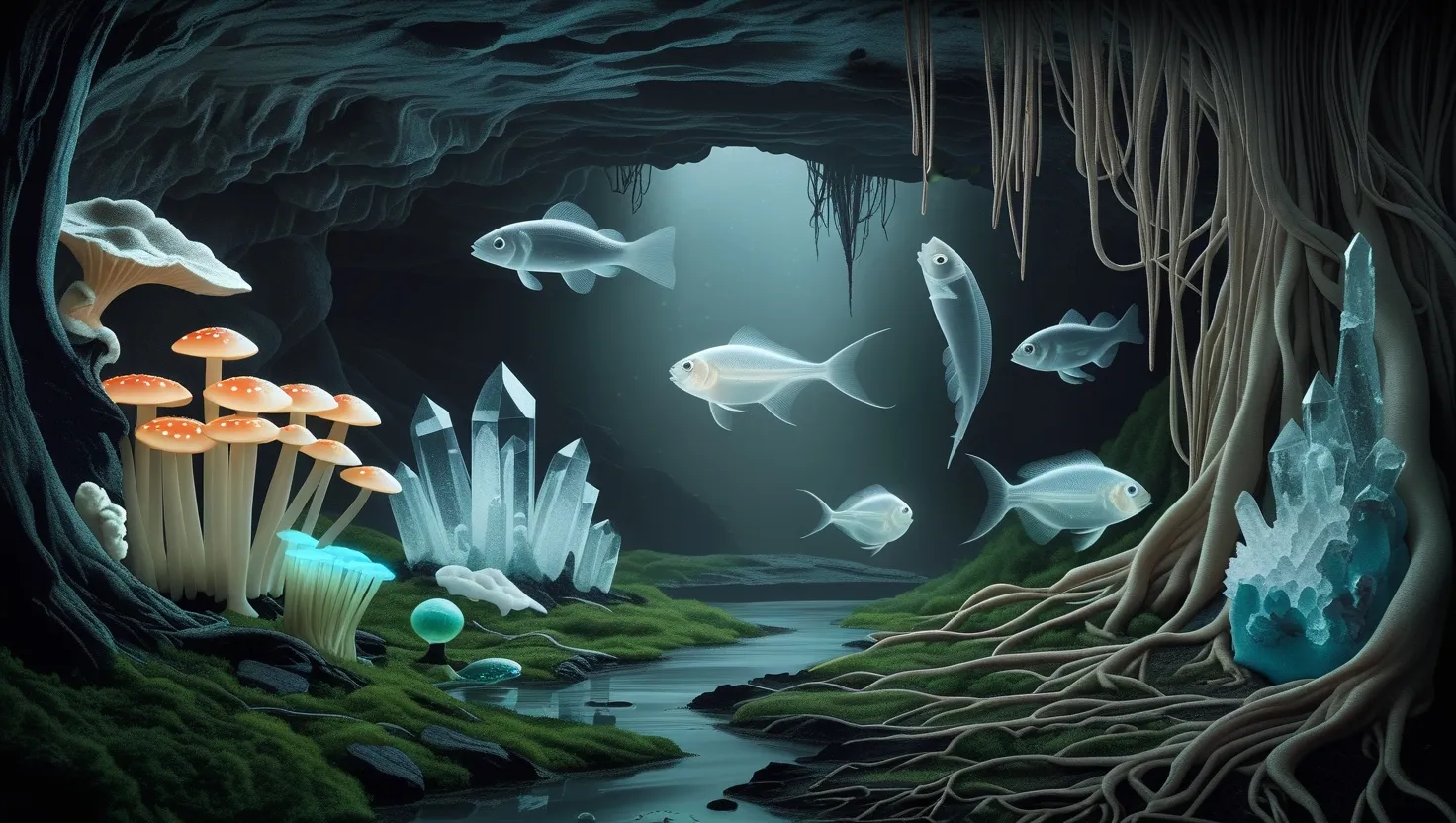How Ripples in Space Changed Everything We Know About the Universe
Imagine the fabric of space itself acting like a trampoline. When something really heavy moves through it really fast, it creates waves that travel across the entire universe. For decades, scientists theorized about these waves, but nobody could actually catch them. Then, in 2015, everything changed. Scientists finally detected the first gravitational wave, and suddenly we had a completely new way to see the cosmos.
Let me be honest: when most people hear “gravitational waves,” their eyes glaze over. But here’s the thing—these invisible ripples are doing something extraordinary. They’re showing us events that light cannot reach, places where gravity gets so intense that it bends reality itself. Before gravitational waves, we were essentially blind to most of what happens in the violent corners of our universe. Now we can listen to the universe’s most dramatic moments.
The first detection in 2015 wasn’t just a scientific win. It was validation of a hundred-year-old prediction. Einstein wrote about these waves back when people thought he was slightly crazy. Nobody could imagine actually finding something so impossibly small. But two black holes, each heavier than our sun, crashed together billions of years ago, and the ripples from that collision eventually washed over Earth. Scientists with the right tools finally heard it.
“Gravitational waves provide a brand new messenger from the cosmos, and they let us study events that are completely invisible to traditional telescopes,” I’d tell anyone who asks. The reason this matters is simple: light gets blocked, absorbed, or lost. Gravitational waves pass right through everything. They carry information from places light never reaches—the centers of galaxies, the interiors of exploding stars, and the instant two massive objects collide.
The Strange Journey to Detection
Here’s something most people don’t know: detecting gravitational waves required building one of the most sensitive machines humans have ever created. The Laser Interferometer Gravitational-Wave Observatory, or LIGO, uses laser beams to detect movements smaller than a proton. We’re talking about measuring vibrations billions of times smaller than an atom. When that first wave arrived, it caused a shift of just 0.0000000000001 meters. Imagine trying to feel a ripple in a swimming pool by detecting the movement of a grain of sand.
The ingenuity wasn’t just in the engineering. Scientists had to develop entirely new ways of thinking about how to listen for these signals. They created sophisticated computer systems that filter out background noise and identify genuine signals from the chaos of random vibrations. Machine learning has become critical here. As more waves are detected—and we now have hundreds—computers are learning to recognize them faster and more accurately than humans ever could.
What makes this breakthrough so remarkable is that it opened multiple discovery channels simultaneously. Before 2015, astronomers looked at the universe through one lens. Now we use gravitational waves as a completely separate observational channel. When a black hole merger happens, we don’t just detect the gravitational waves. Sometimes telescopes can catch the light too. This dual observation gives us information that neither method could provide alone.
Black Holes Stop Being Theoretical
For most of modern astronomy, black holes were thought experiments. Sure, we had strong evidence they existed, but we’d never caught them in action. Gravitational wave detection changed that overnight. When LIGO detected that first merger, scientists were basically watching two invisible objects collide in the darkness billions of years away. The measurements told us their masses, how fast they were spinning, and how they merged together.
Have you ever thought about what happens in the split second before two black holes become one? The space around them becomes so distorted that the laws of physics seem to bend in ways we barely understand. The gravitational waves carry a record of that violent merger. By studying the wave pattern, scientists can test whether the universe behaves the way Einstein predicted. So far, it does.
“In the future, black holes will no longer be merely beautiful theoretical objects; they will be our laboratory for testing the strongest predictions of general relativity,” and that’s exactly what’s happening. Since that first detection, we’ve observed dozens of black hole mergers. Each one tells us something new about how these objects form, how often they collide, and whether they behave exactly as our equations predict.
The variation in these black holes surprised everyone. We found some that were much bigger than theory suggested. We found some that were spinning in unexpected ways. These weren’t small discrepancies—they were major questions that forced physicists to reconsider their models of how stars die and black holes are born.
Neutron Stars Become Cosmic Laboratories
While black hole mergers grab the headlines, neutron star collisions might be even more scientifically important. When two neutron stars smash together, they don’t just create gravitational waves. They create a furnace so hot and so dense that it manufactures heavy elements—gold, platinum, silver. For centuries, scientists wondered where these elements came from. Now they have the answer.
When we detect a neutron star merger through gravitational waves, telescopes immediately point to that location. They watch as light floods out from the collision. This light tells us what elements are being created and in what quantities. From pure gravitational wave data alone, we measure the mass and structure of neutron stars. From the light, we see the chemical results. Together, these observations create a complete picture of an event that was completely invisible to us just a decade ago.
Think about this practically: some of the gold in your wedding ring might have come from a neutron star collision billions of years ago. The neutron star merger we detected in 2017 produced more gold than was previously thought possible from such events. Understanding where precious metals originate isn’t just academic curiosity—it connects cosmology directly to the matter we find in our everyday lives.
Measuring the Expanding Universe
Here’s a breakthrough that rarely gets mentioned: gravitational waves are giving us a new way to measure how fast the universe is expanding. This might sound abstract, but it has huge implications for cosmology. Astronomers have been arguing about this measurement for years, and current methods give slightly different answers depending on how you measure.
Gravitational waves offer something unique. When we observe a neutron star merger, we can measure its distance using the wave itself. We can also measure how fast it’s moving away from us by analyzing the wave’s frequency. Combine these measurements, and you get the universe’s expansion rate without relying on the old methods that have been causing disagreement.
Imagine having multiple ways to measure something and getting different answers. Gravitational waves are like bringing in a completely independent referee. As we detect more events, this method will become increasingly precise. Eventually, it could help us understand whether our current understanding of dark energy—the force accelerating the universe’s expansion—is correct.
Future Detectors and Impossible Discoveries
Currently, we have three gravitational wave detectors running: LIGO in the United States and Virgo in Europe. They’re remarkable, but they’re just the beginning. Scientists are planning next-generation detectors that will be ten times more sensitive. We’re talking about the Einstein Telescope in Europe and Cosmic Explorer in the United States.
With these more sensitive machines, we won’t just see more of what we already know about. We’ll be able to detect mergers from much farther away and much earlier in their collision process. We’ll catch stellar-mass black holes years before they merge, watching the final approach in detail. We might find exotic objects we’ve only theorized about—things like boson stars or primordial black holes made of dark matter.
Here’s the mind-bending part: these future detectors will let us hear gravitational waves from the very beginning of the universe. Imagine detecting the gravitational wave background left over from the Big Bang itself. That’s not science fiction. That’s the realistic goal for detectors being built today.
Why Should You Care?
I realize gravitational waves might seem like a curiosity for physics nerds. But consider this: every major technological revolution started with basic research that seemed irrelevant. The lasers used in LIGO were developed decades before anyone thought to use them for gravitational wave detection. The computer algorithms we’re developing to analyze gravitational waves are already being used in medical imaging and other fields. The technology we build to answer cosmic questions has a way of becoming useful in ways we never anticipated.
More importantly, gravitational waves represent a fundamental shift in how we know things. For five hundred years since telescopes were invented, astronomy meant looking at light. Now we’re listening as well as looking. We’re testing reality itself, confirming or challenging our deepest theories about how the universe works. We’re doing this not for practical profit but because the questions matter. Because understanding the universe matters.
What would you want to know about the cosmos if you could listen to its most violent moments? That’s what gravitational wave astronomy is giving us—a way to hear the universe’s secrets that have been hidden since the beginning of time.






